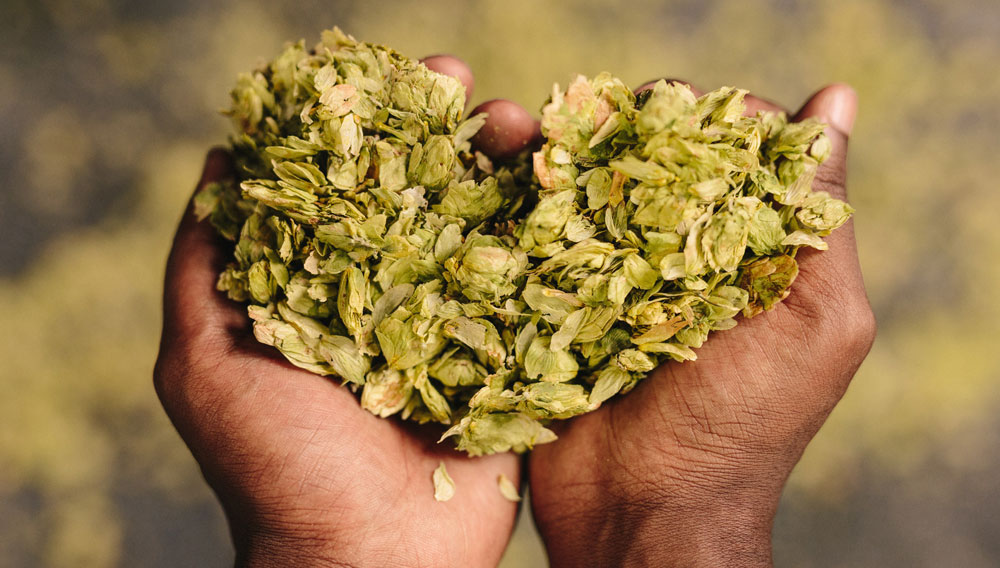Different planting decisions for spring barley in Europe
The planting decisions for spring barley in European countries were different this year: While some regions had an increase in acreage, others had to reduce their acreage further.
For example, the increase in winter wheat and winter barley in France led to a reduction of the spring barly acreage by almost ten percent to 485 000 ha. However, there are also market participants with a larger crop area than in the previous year. The acreage in Great Britain is said to have been increased for agricultural reasons. Apparently there were some problems with weeds, especially black grass, which they hoped to solve by sowing summer crops and thereby having more time for soil cultivation. Farmers in Denmark on the other hand are expected to plant a little less spring barley as in 2014. In Sweden, the acreage this year will probably be unchanged compared to the previous year. Market participants in Finland expect a slight increase in crop area. Despite the mild weather conditions the sowing has not started yet.
Germany expects the same acreage as last year. Despite the lack of frost mellowed soil, the sowing took place to very good soil structure under optimal conditions according to Braugerstengemeinschaft e.V., Munich. In some regions the emergence was delayed due to low temperatures. In areas with a reduced sugar beet cultivation, spring barley was able to gain a little acreage. Given a normal development of the stocks, market participants in the Netherlands expect a slight increase of the acreage.
Austria also expects slightly more spring barley in 2015. So far, the development of the stocks is considered normal. Until now there is no agreement on the estimated acreage in Slovakia. While the plans of the farmers say that they will grow around 27 000 ha more spring barley, these figures are not yet officially confirmed. Maltsters, however, expect an acreage that could be ten percent below the level of the previous year. The acreage in the Czech Republic could turn out slightly larger than in 2014.
The official figures for the acreage in Poland for 2015 are not available yet. The acreage in Hungary will probably remain the same as last year. The plants’ stage of development is considered good in both countries. Russia has slightly reduced the acreage. Sowing has begun earlier than in other years, but took longer due to the cold spring.



